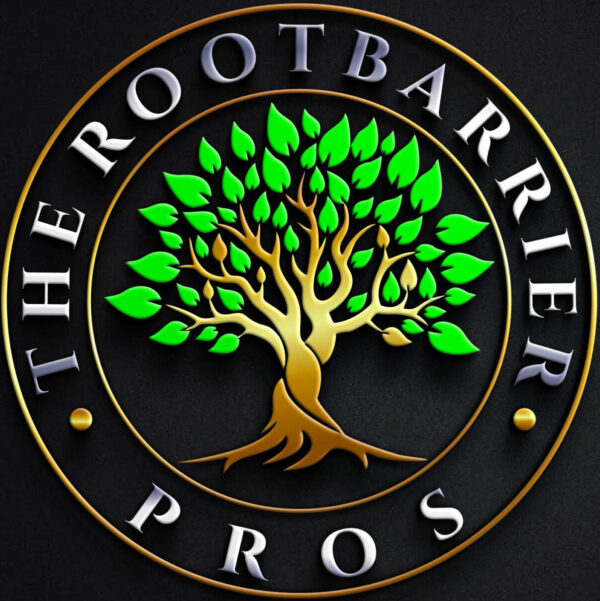Smaller jobs can be done in half a day but most tree root barrier installation require a day. However larger jobs usually require two days.
As much as fifty percent of all home foundation problems are caused by tree roots. Tree roots can be a particularly severe problem during hot, dry summers because they extract moisture from the clay soils supporting the slab foundation and cause Settlement.
We use a thick plastic that has many applications including use in landfills. It has an estimated lifespan of 100 years or more. It is referred to as:
HDPE Barrier Roll – 36″ x 80′
100 Mil Thickness (2.54 millimeters)
For more information about the root barrier material click here.
We install a barrier that is 3 feet in depth.
Usually the root barrier is installed outside of the tree’s drip line. The tree roots that grow outside the drip line are close to the ground surface and when they encounter the plastic barrier they are redirected along the root barrier and away from the house.
In those cases where the tree is too close to the house and a significant part of the tree’s canopy is above the roof of the house we will consult with the homeowner on the options. Sometimes it is better to remove a tree if it is too close to the house.
False. Most trees have a root structure or root zone that extends 2 or 3 times the distance of the tree’s drip line or outermost reach of the branches. The roots that extend beyond the drip line are not “woody” but “fleshy” and the most important because they absorb the water the tree needs for growth and survival.
False. The tree roots near the tree trunk are woody and tough. But the most important roots extend beyond the tree’s drip line and can be compacted and damaged by heavy construction equipment. The outer tree roots are closer to the surface so they can absorb water, oxygen, and nutrients.
Visit our Contact Us page
